Currently Showing
Break Show 25 - 26
A group exhibition
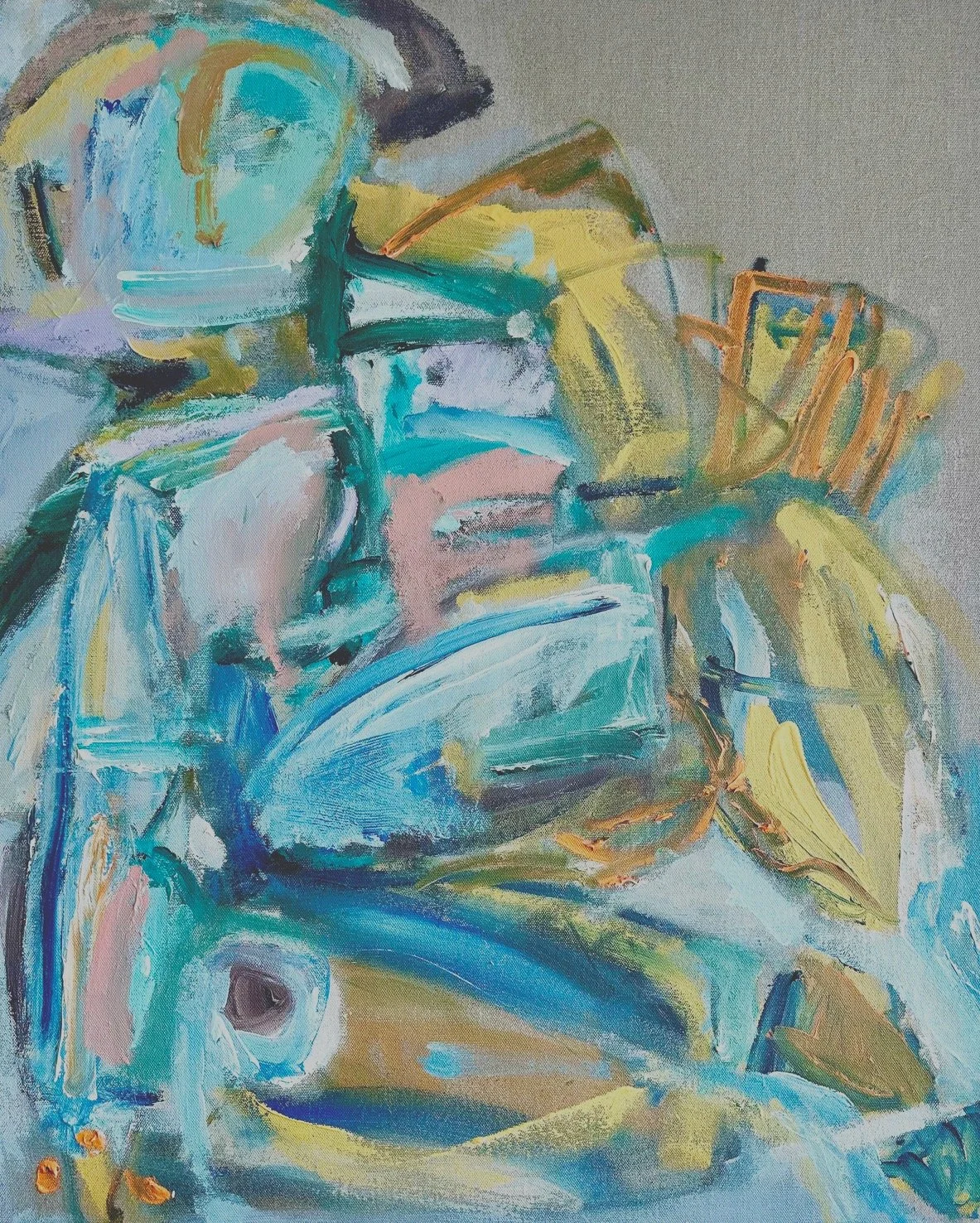
Anne Marie Cummins – ‘Joan M’ – Acrylic on thick edged Belgian Linen – 1070 × 860mm – $3000
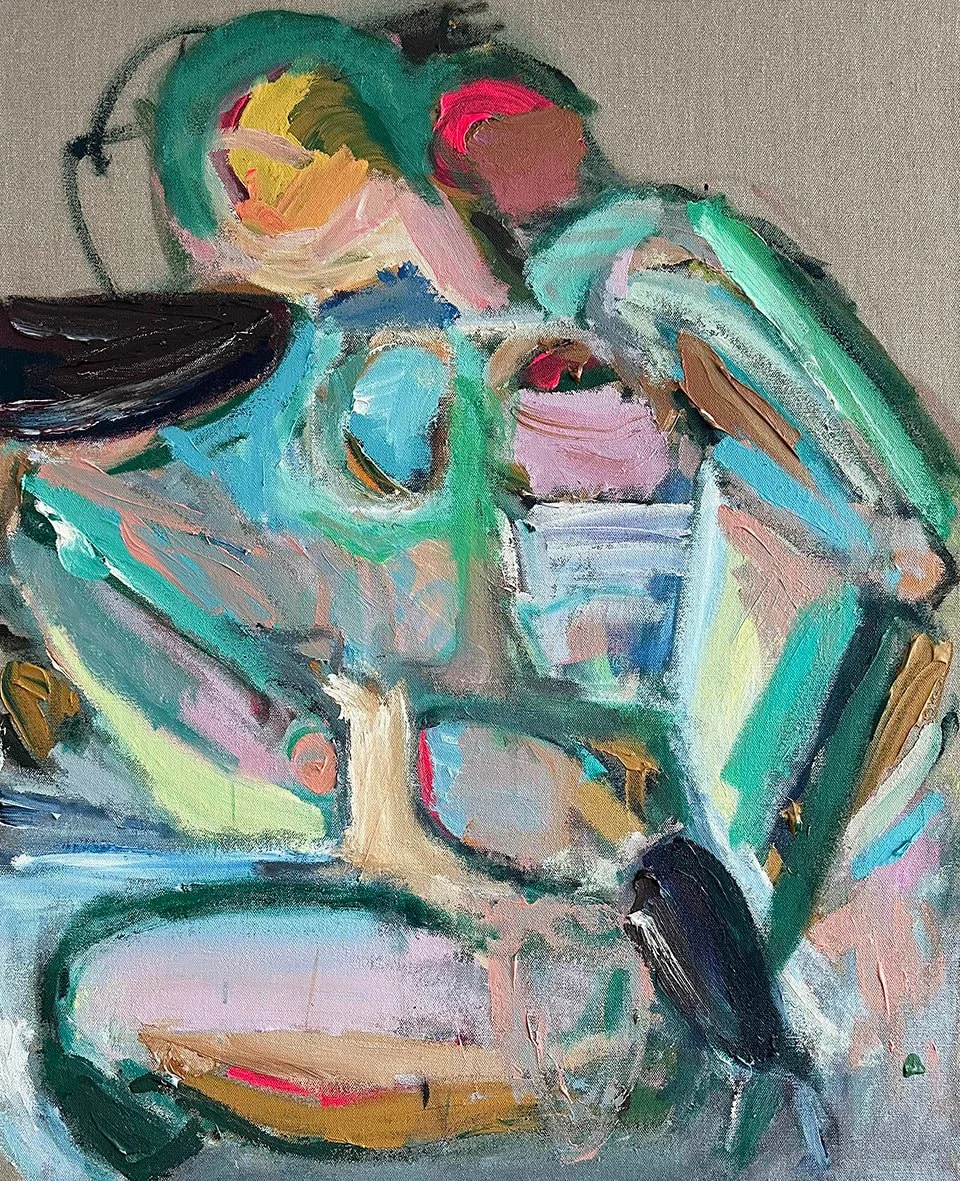
Anne Marie Cummins – ‘Sylvia’ – Acrylic on thick edged Belgian Linen – 1070 × 860mm – $3000

Annie Pavlovic – Contemplation – Oil and Wax on Canvas – 340 × 440mm – $750

Annie Pavlovic – Hooked 2 – Oil and Wax on Canvas – 350 × 480mm – $750

Annie Pavlovic – Morning Sunshine (2025) – Oil and Wax on Canvas – 335 × 435mm – $750

Annie Pavlovic – Pillar of Strength (2025) – Oil and Wax on Canvas – 480 × 335mm – $750

Annie Pavlovic – Red Poppies 1 (2025) – Oil and Wax on Canvas – 435 × 330mm – $750

Annie Pavlovic – Done For The Day – Oil and Wax on Canvas – 610 × 920mm – $1400

Annie Pavlovic – Wetlands – Oil and Wax on Canvas – 810 × 810mm – $1800

Annie Pavlovic – Balanced – Oil and Wax on Canvas – 610 × 920mm – $1400

Frankie L.A – Each Room (2025) – Acrylic, Tile, Coloured Grout on Wood – 300 × 250mm – $350
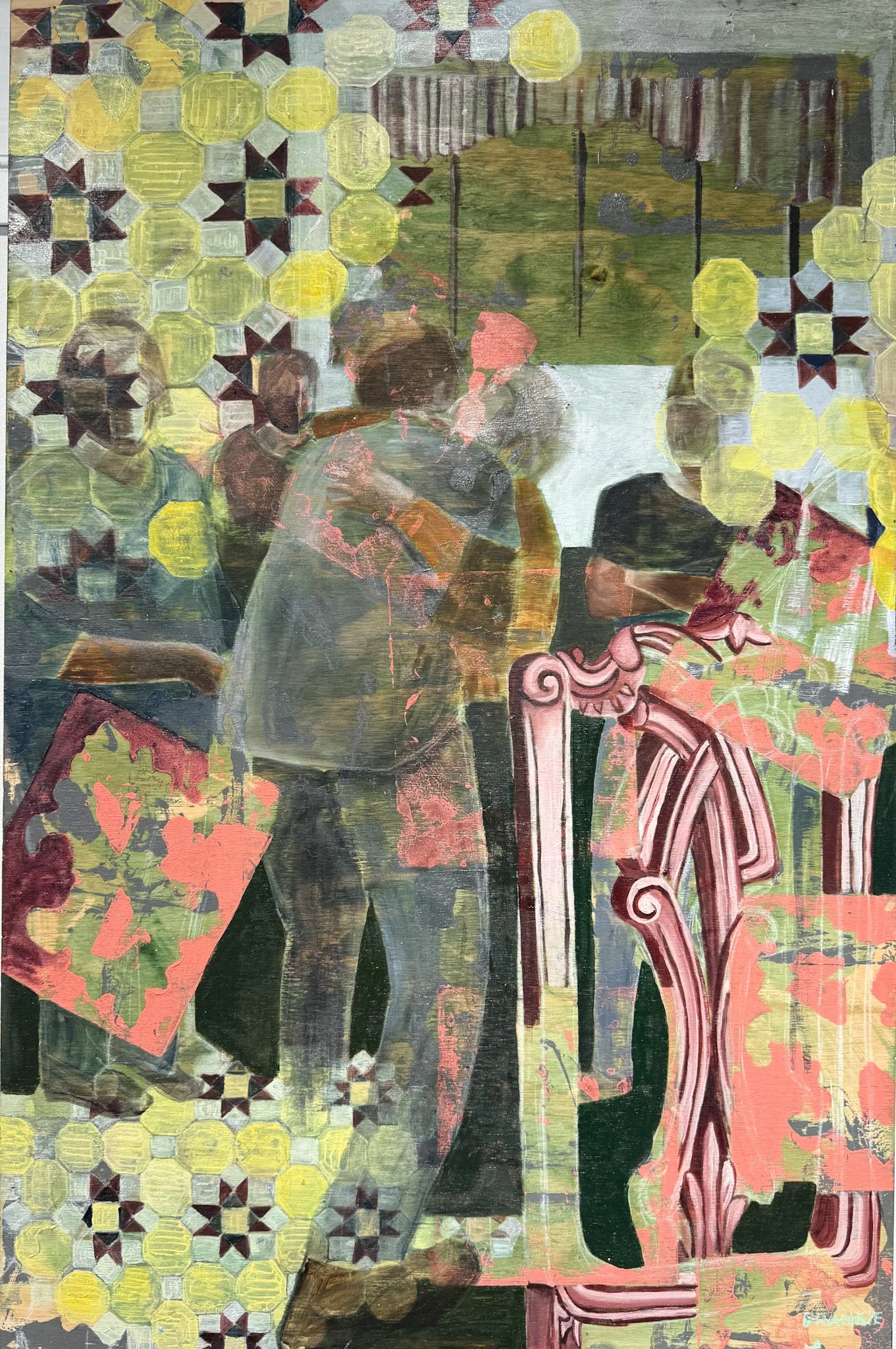
Frankie L.A - Nans 90th (2025) - Oil and Acrylic on Wood - 900 x 600mm - $1,100

Frankie L.A – Each Room (2025) – Oil and Acrylic on Wood – 300 × 350mm – $350

Frankie L.A – Flowers (2025) – Oil and laser cut Persian carpet on wood – 200 × 300mm – $350

Jon Ellis – Uluṟu Mulga – Oil on Canvas – 240 × 290mm – $650

Jon Ellis – Yellow Trees – Oil on Canvas Board – 285 × 355mm – $950

Jon Ellis – Melaleucas Collage – Oil on Canvas – 930 × 860mm – $2000

Jon Ellis – Melaleucas with Orange Stripe – Oil on Board – 250 × 330mm – $950

Jon Ellis – Headland Morning Sun – Oil on Canvas Board – 500 × 600mm – $1350

Jon Ellis – Trees on Observatory Hill – Oil on Board – 570 × 530mm – $1200

Melaleucas with Blue Stripe - Oil on Board - 250 x 330mm - $750

Lexie Worboys – Cutting the Cake (2023) – Acrylic and Ink on Ply Board – 600 × 810mm – $1700

Lexie Worboys – Fairy Bread and a Birthday Pie (2023) – Acrylic and Ink on Ply Board – 600 × 810mm – $1700

Tim Owers – Lines On Palms #1 (2023) – Oil on Board – 280 × 280mm – $680

Tim Owers – Lines On Palms #2 (2024) – Oil on Board – 280 × 280mm – $680

Tim Owers – Lines On Palms #3 (2024) – Oil on Board – 280 × 280mm – $680

Tim Owers – Lines On Palms #4 (2024) – Oil on Board – 280 × 280mm – $680

Nikki Ellis – Blushing Blooms – Acrylic on Board – 330 × 450mm – $350

Nikki Ellis – Bulbous Tulips – Acrylic on Canvas – 100 × 100mm – $90

Nikki Ellis – Magnolia on Leopard – Acrylic on Board – 240 × 320mm – $250

Nikki Ellis – Peaceful Lillies – Acrylic on Canvas – 100 × 100mm – $90

Nikki Ellis – Mosaic Lillies – Acrylic on Canvas – 100 × 100mm – $90

Nikki Ellis – Moon Blooms – Acrylic on Canvas – 300 × 300mm – $250

Nikki Ellis – Shadow Blooms – Acrylic on Board – 330 × 450mm – $350

Nikki Ellis – Shooting Flames – Acrylic on Board – 290 × 370mm – $300

Panchali Sheth – Borrowed Wings – Acrylic and oil on canvas – 300 × 400mm – $920

Raymond Lalotoa – Boys of Oxford Street – Acrylic on Canvas – 510 × 510mm – $750

Tim Owers – Below The Surface (Mangrove Mountain After Fire) – Oil on Linen – 300 × 300mm – $680

Tim Owers – Divided (Mangrove Mountain After Fire) – Oil on Linen – 300 × 300mm – $680
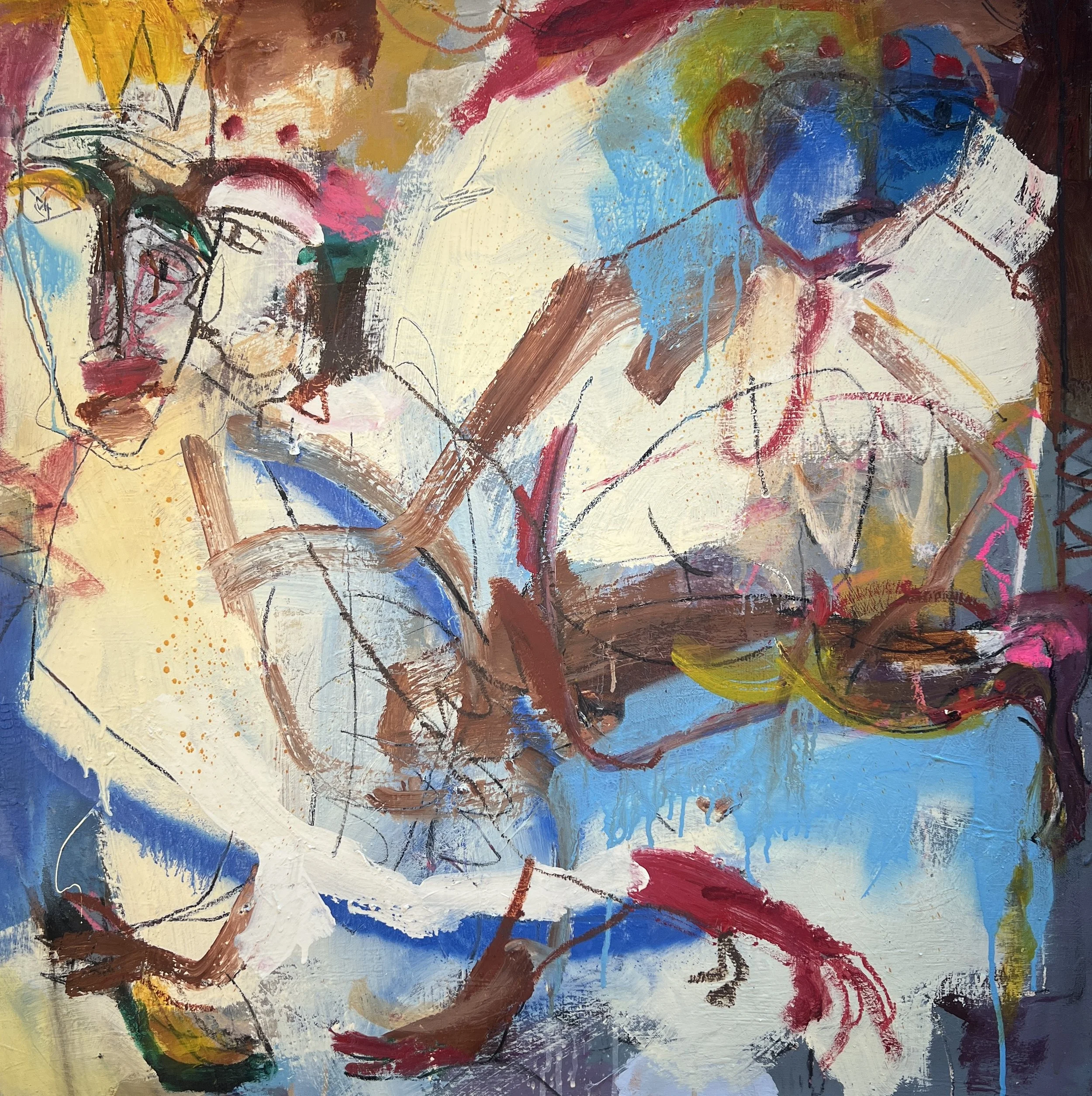
Panchali Sheth - Where the Sky Listens - Acrylic and Oil on Canvas - 860 x 860mm - $2600
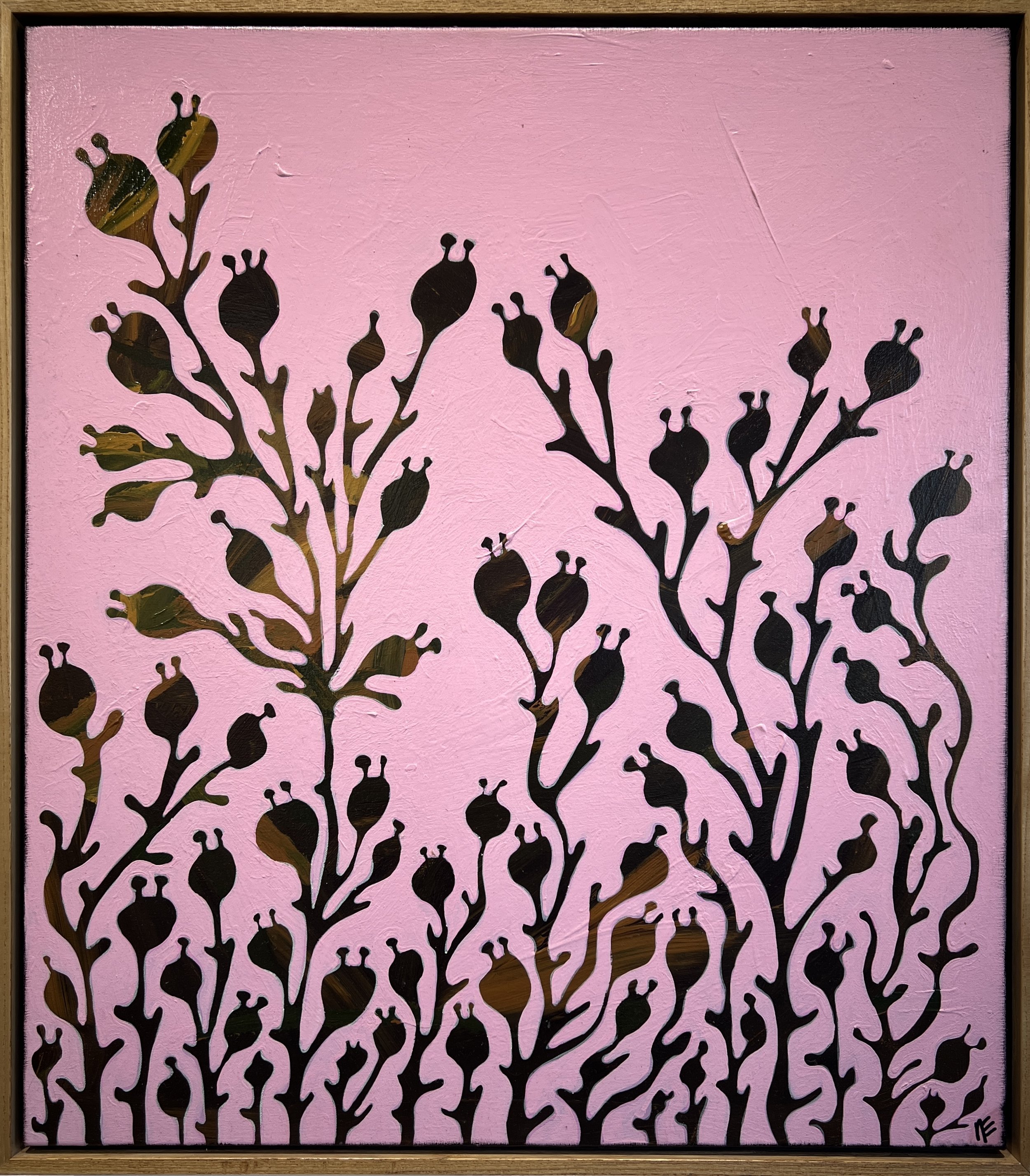
Nikki Ellis - Saplings - 61 x 69cm - Acrylic on canvas - $900

Nikki Ellis - Blooms From Clay - 61 x 69cm - Acrylic on canvas - $900

Raymond Tuifao Lalotoa - Pink Skull – Acrylic on Board - 900 x 900mm - $1500
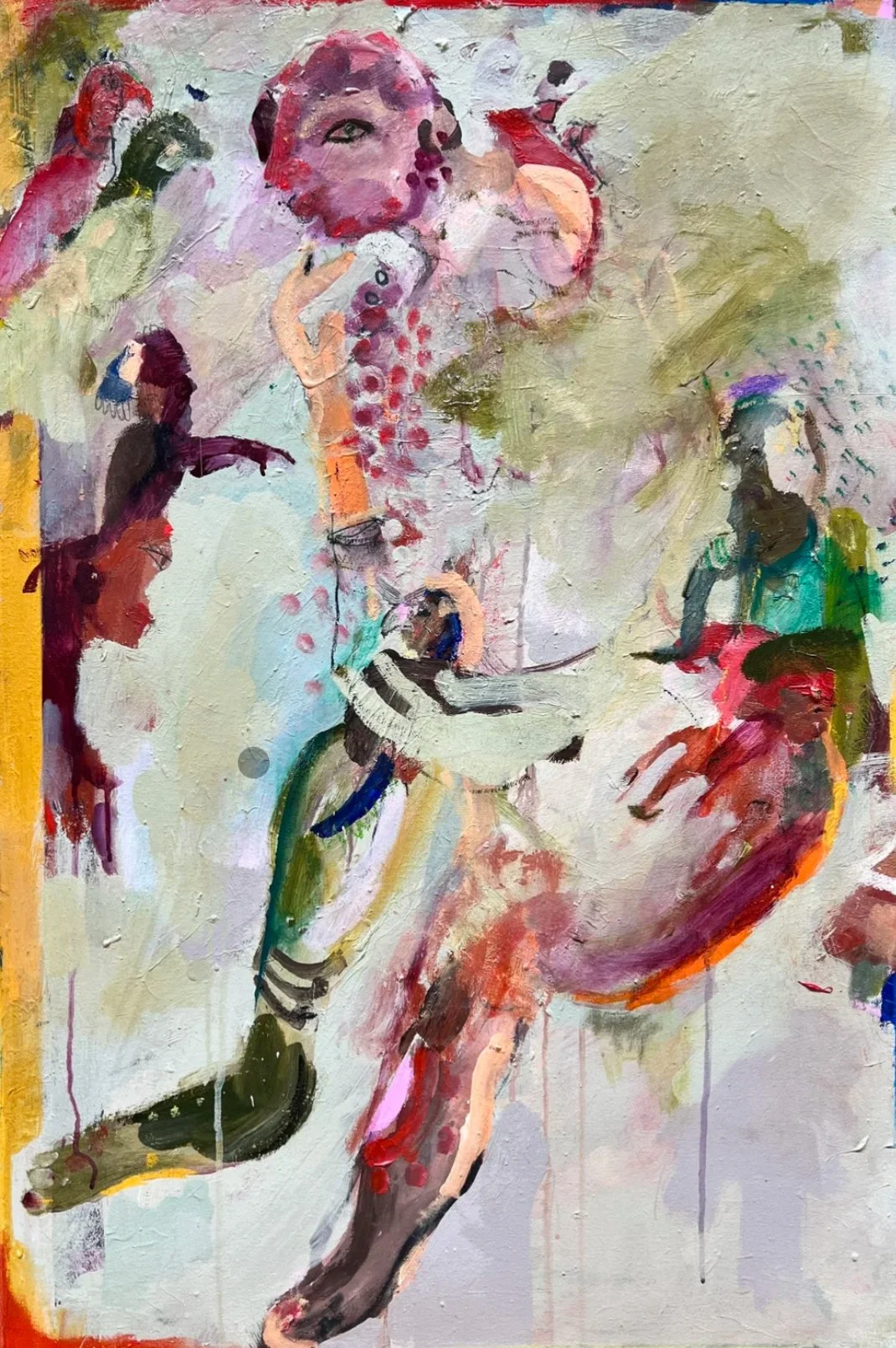
Panchali Sheth - I want to sing like birds sing - 91 x 61cm - Acrylic on canvas - $2340

Raymond Tuifao Lalotoa - War is Over - Acrylic on Canvas - 300 x 300mm - $350
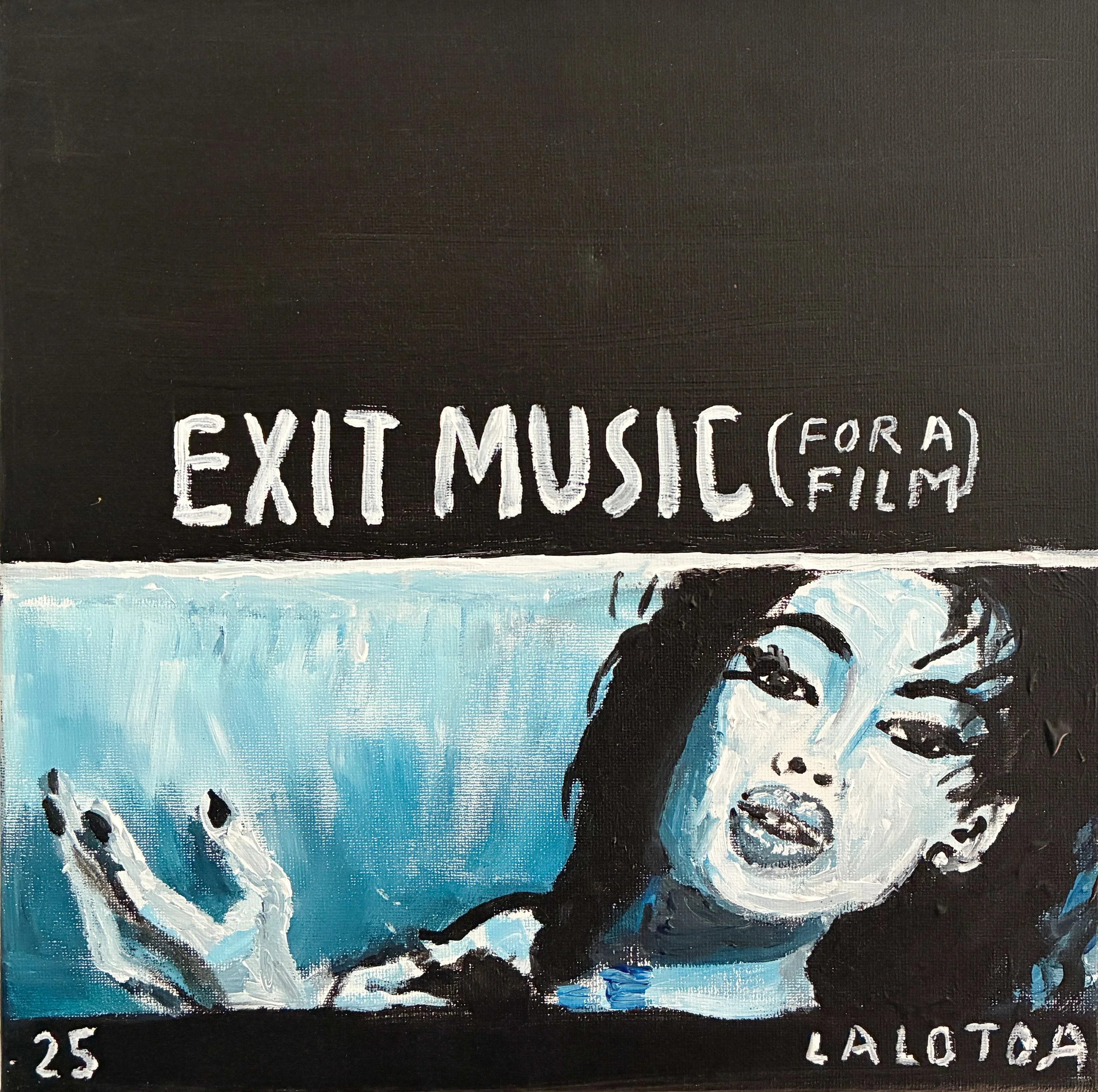
Raymond Tuifao Lalotoa - Exit Music (For a film) – Acrylic on Canvas - 300 x 300mm – $350
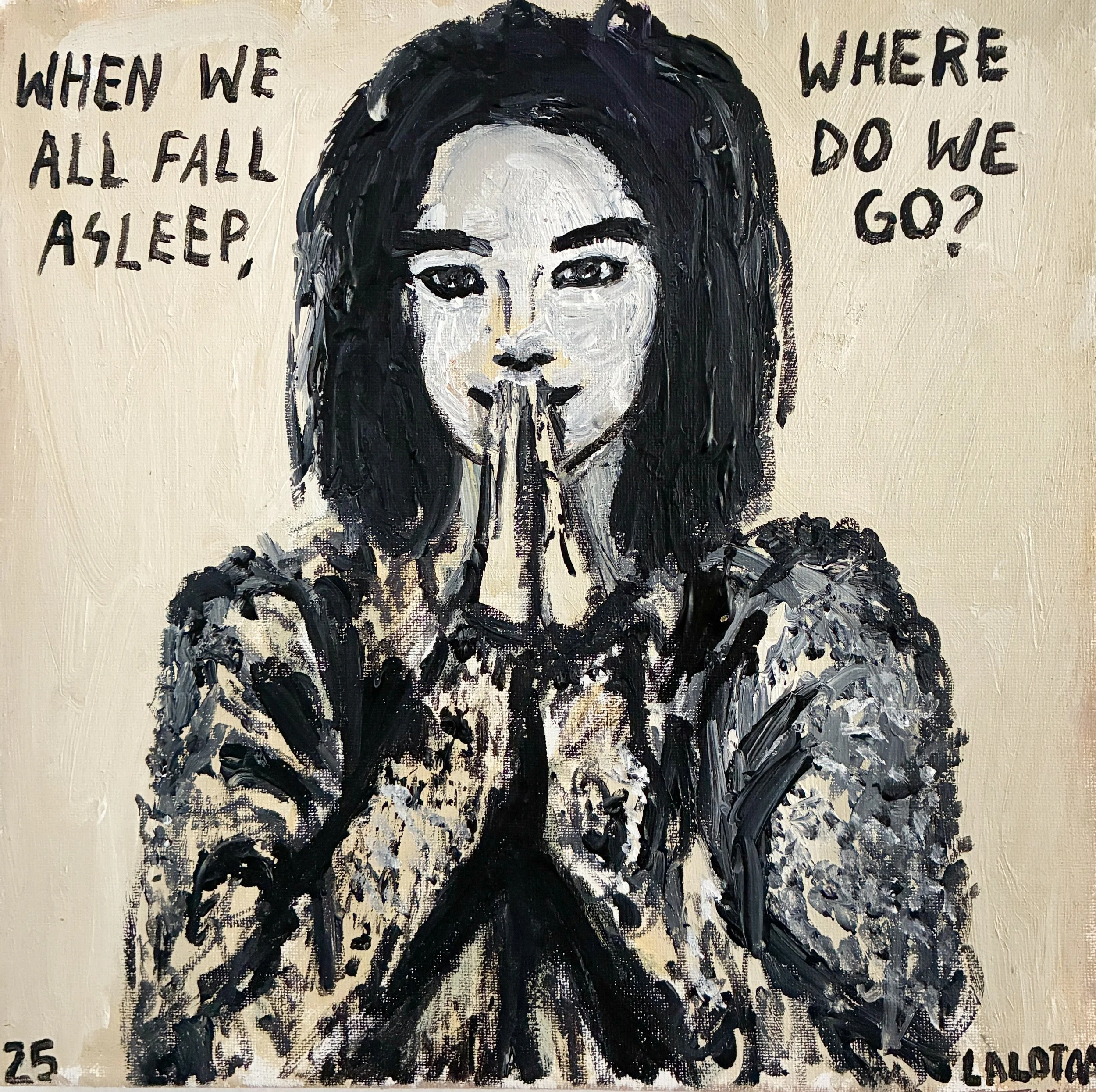
Raymond Tuifao Lalotoa - When We All Fall Asleep Where Do We Go? – Acrylic on Canvas - 300 x 300mm - 2025 – $350
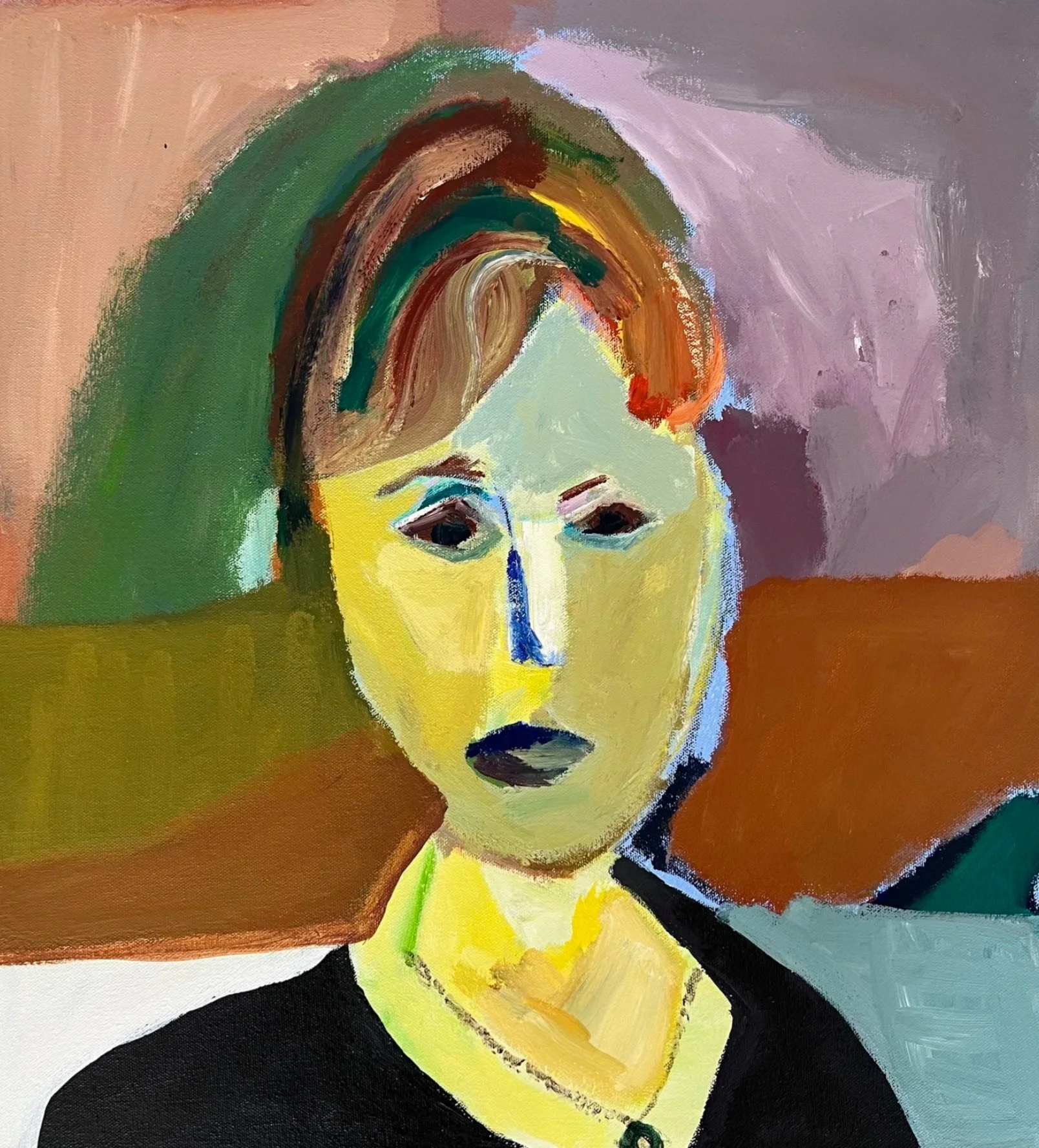
Nicholas Osmond - Sylvia - 500 x 455 - Acrylic on Canvas - $630
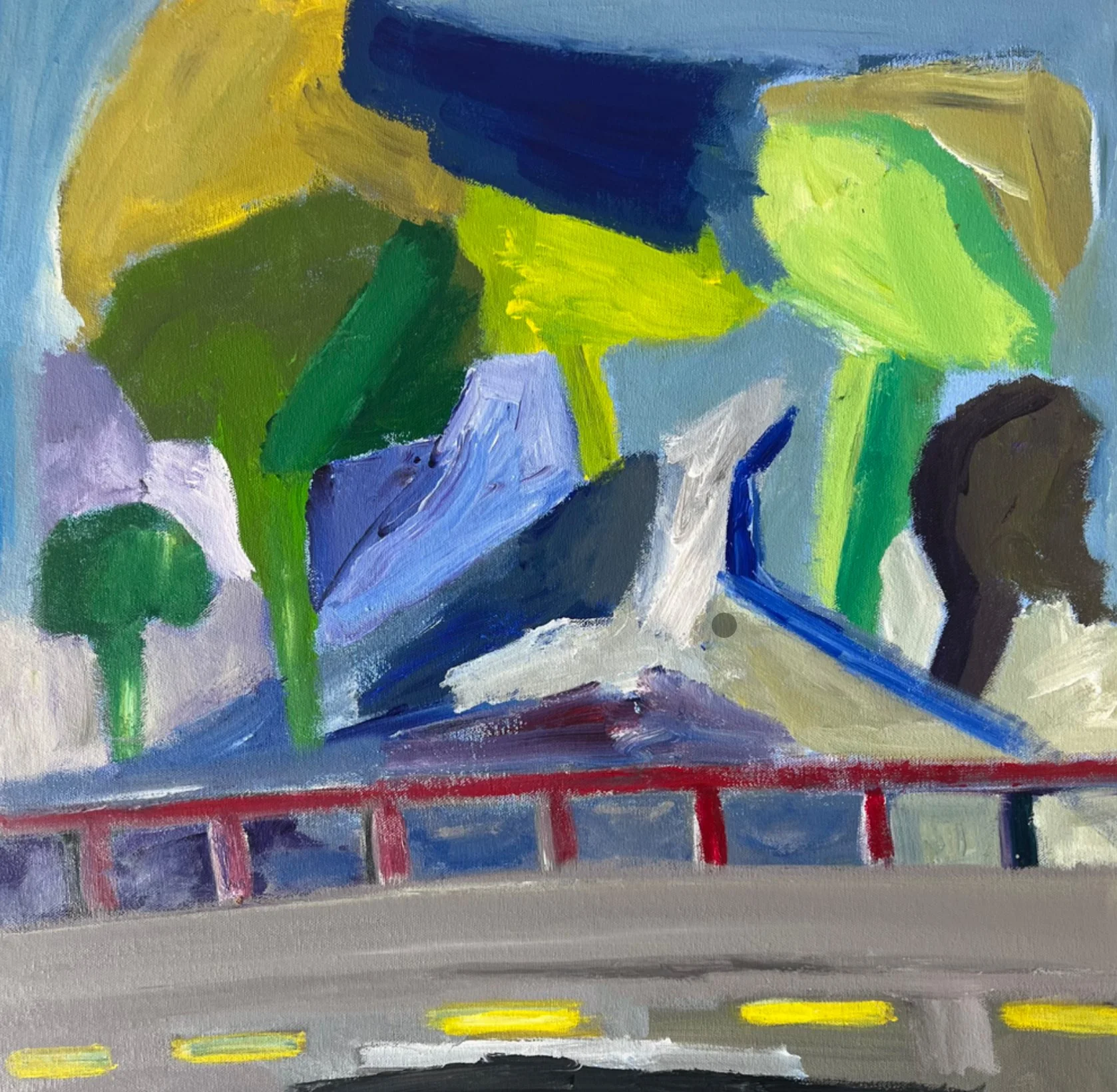
Nicholas Osmond - Crossing the Mehi, 585 x 565, Acrylic on Canvas, $630
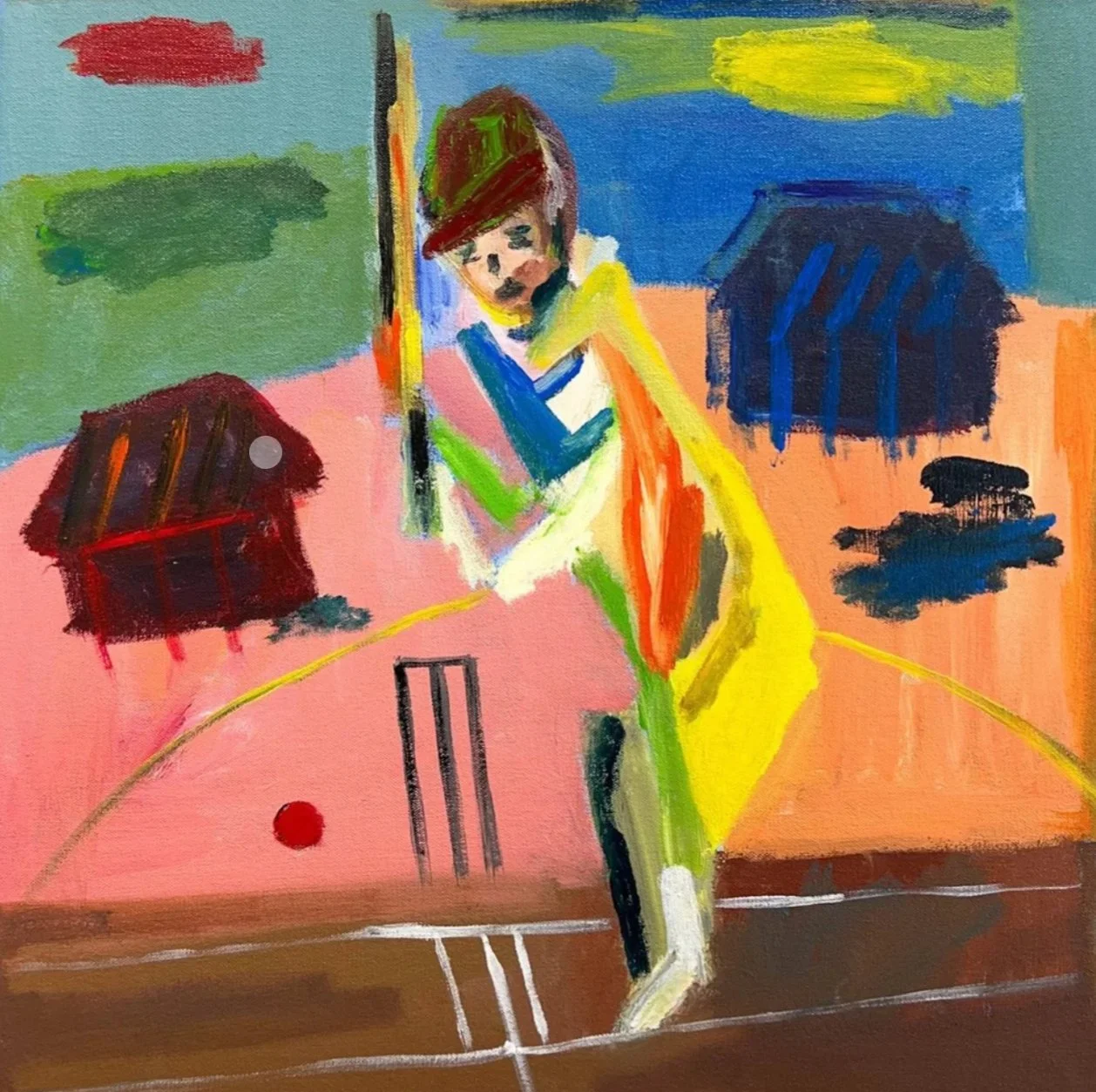
Nicholas Osmond - The Cricketer, 555 x 560, Acrylic on Canvas, $630
